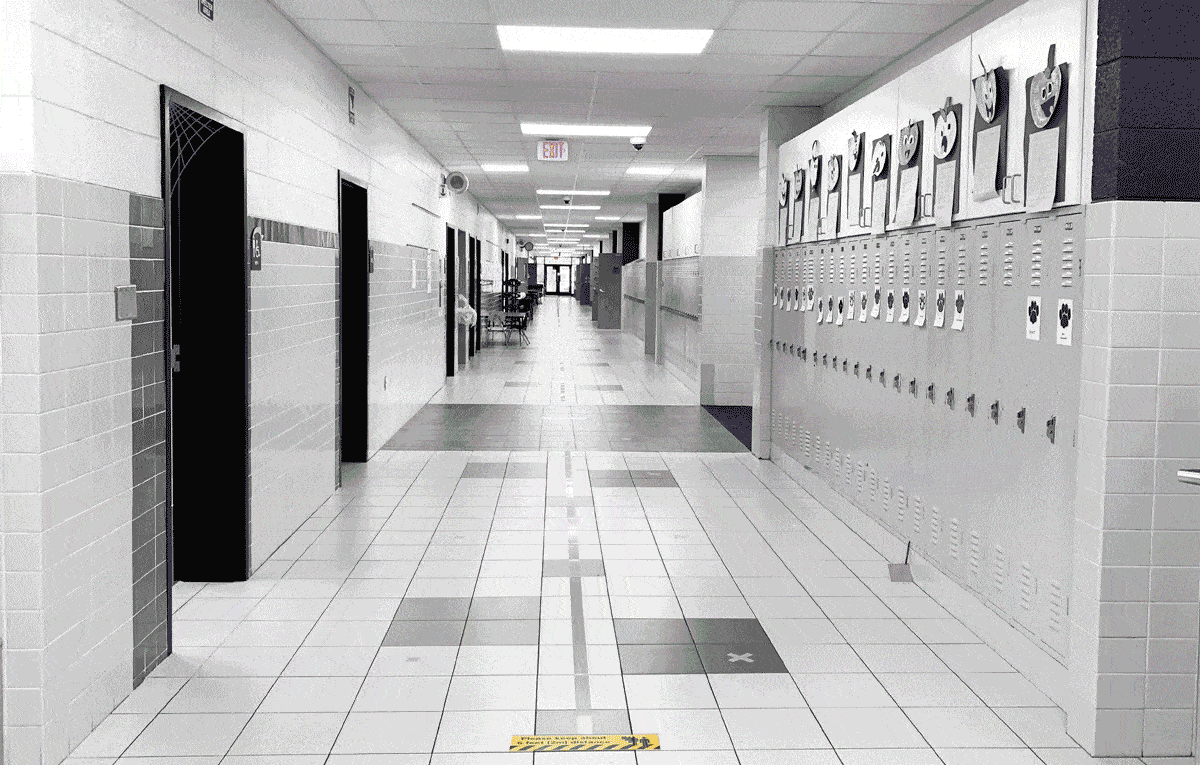
Absenteeism creeps up quickly.
Missing as little as two days a month can add up to a chronic absenteeism problem. It’s easy to oversimplify the problem from a privileged lens—suggesting vacations are planned for school breaks, or appointments scheduled for in-service days. However, chronic absenteeism looks totally different to families struggling to provide children with basic necessities. Instead, schools are exploring different methods of addressing the causes of absenteeism.
Safe transportation
In some cases, students are perfectly capable of excelling at school—but actually arriving and departing is a huge obstacle.Though the big yellow school bus jumps immediately to mind, many school districts must think creatively about transportation to school. In urban districts, walking routes may be unsafe for young children for various reasons. Carpool programs can help parents manage transportation to and from school. Safe Routes to School grants help communities create a safer infrastructure for students to walk and ride bikes.
Laundry
It’s estimated that up to 1 in 5 students don’t have access to clean clothes, according to Whirlpool’s Care Counts™ donation program. This barrier is a tough one for students who are dependent on someone else to receive clean clothes suitable for attending school. Some schools have implemented laundry services for students to drop off and pick up clean clothes, or for families to do laundry for free at school. The Whirlpool program asks for nominations for schools who would like to create a laundry service. It’s something that may be easy to take for granted, but can make a world of a difference to a struggling family.Meals
Probably one of the more common programs, meal services nevertheless change students’ entire potential for success at school. It is notoriously hard to spot a hungry student—nutritionally bankrupt calories can contribute to obesity—but watch for hyperactivity or fatigue, trouble concentrating, and distracting others. Free and reduced lunch programs have helped tremendously, but some schools are also reaching out to make sure students are fed during school breaks. All this nourishment contributes to a healthy, whole child ready to learn.Safety
A safe place to be before and after school may prevent a student missing a day due to a parent’s fluctuating work schedule. This doesn’t necessarily mean an extra study hall, although having a place equipped for tech-heavy homework tasks can be helpful for low-income students without access to high-speed internet. Rather, creative ways of keeping students busy including before- and after-school tasks may help a student feel empowered when spending some extra time in the safety of the school.Does this all take funding? Yes. Effort? Absolutely. But students cannot build knowledge on a non-existent foundation. Schools are being asked to do so much for students, but the alternative outcome leaves kids completely without a safety net.
Which creative solutions can the budget stretch to handle? It all depends on each school’s unique circumstances—and the most pressing needs of the most vulnerable populations.
Follow-up resource: Nudge letters
Getting families to pay attention to chronic absenteeism risks can be tough. Automated nudge letters can help.WHAT'S NEXT FOR YOUR EDTECH? The right combo of tools & support retains staff and serves students better. We'd love to help. Visit skyward.com/get-started to learn more.

|
Casey Thompson Digital and Social Media Manager |




